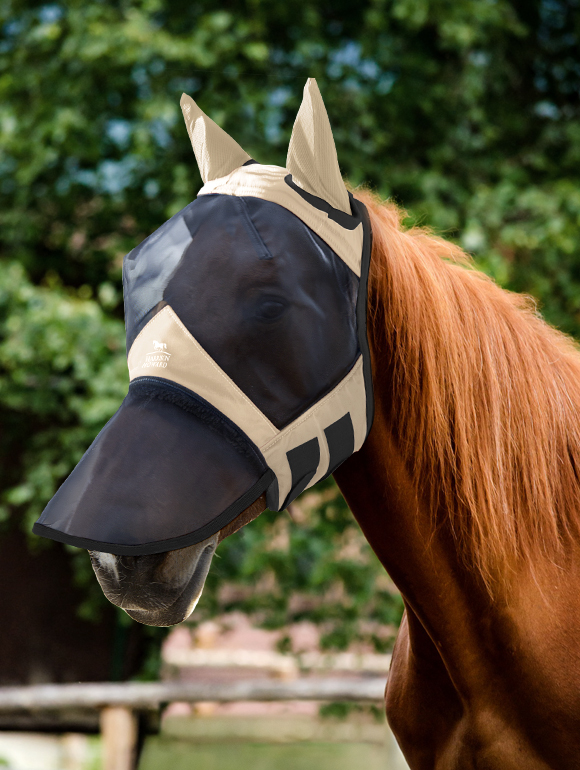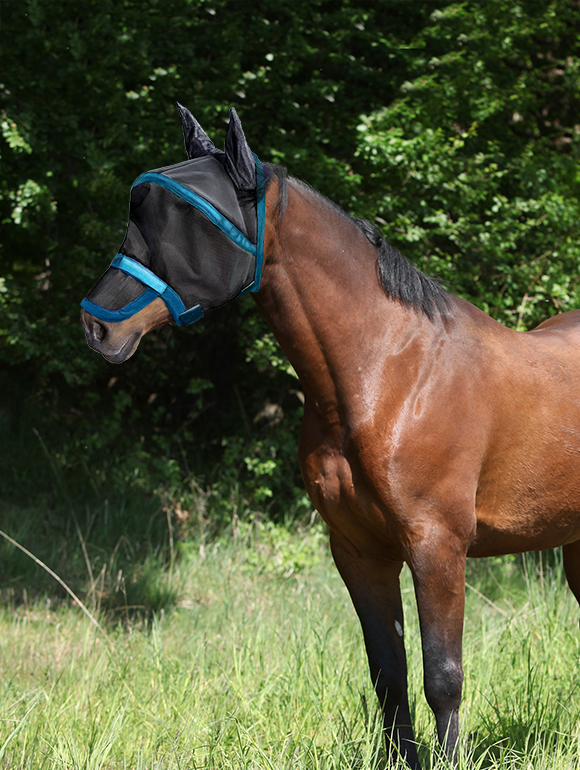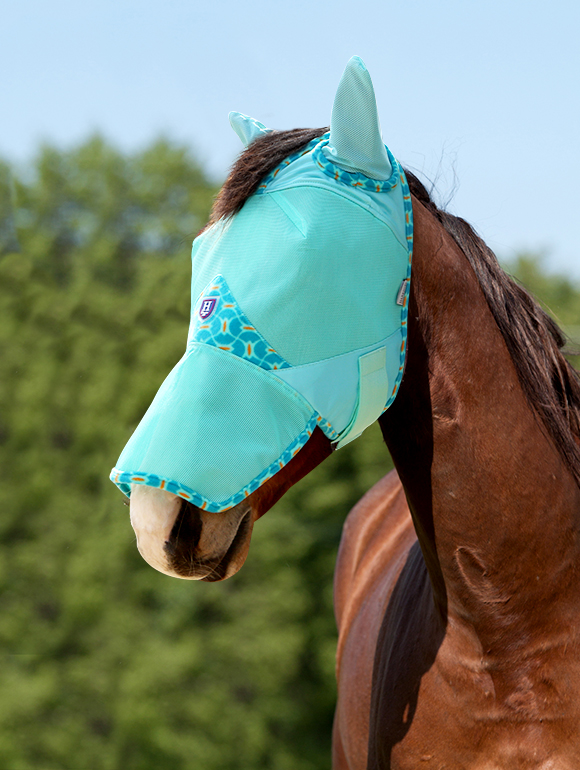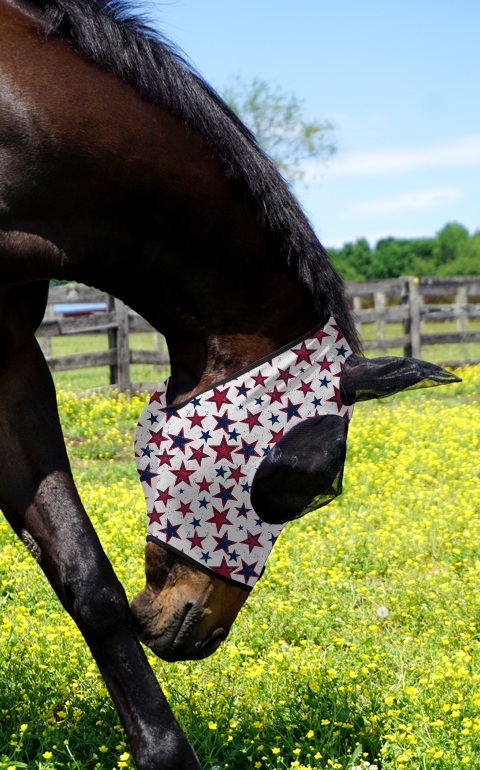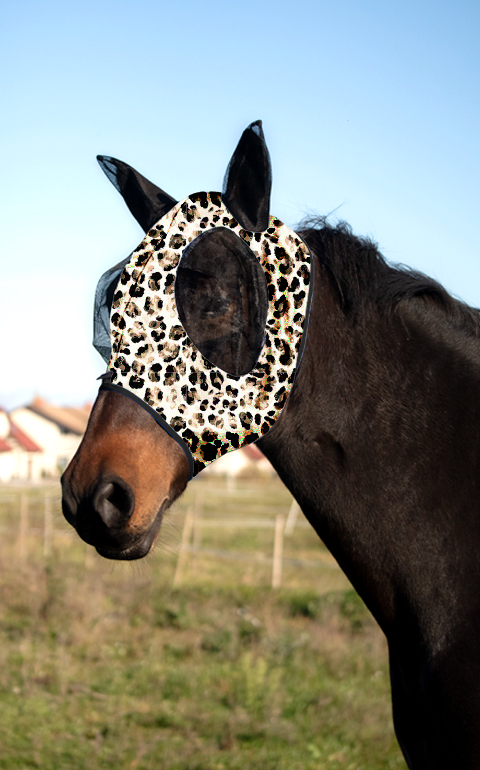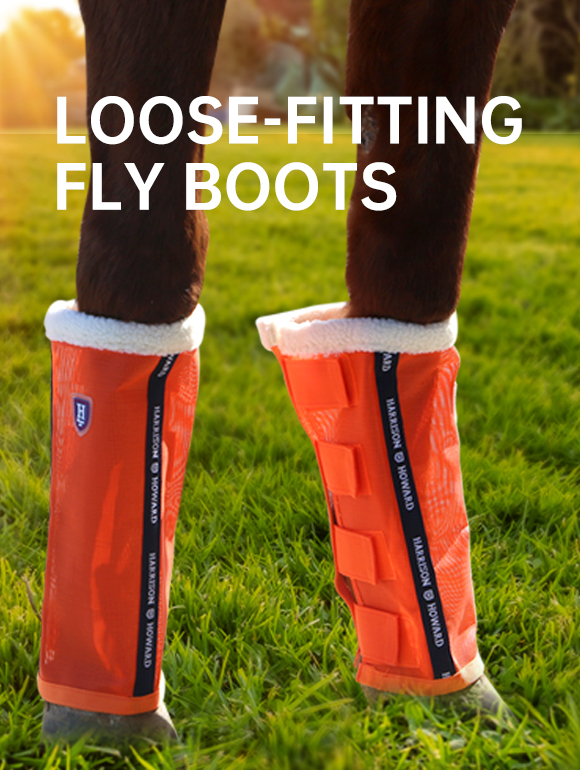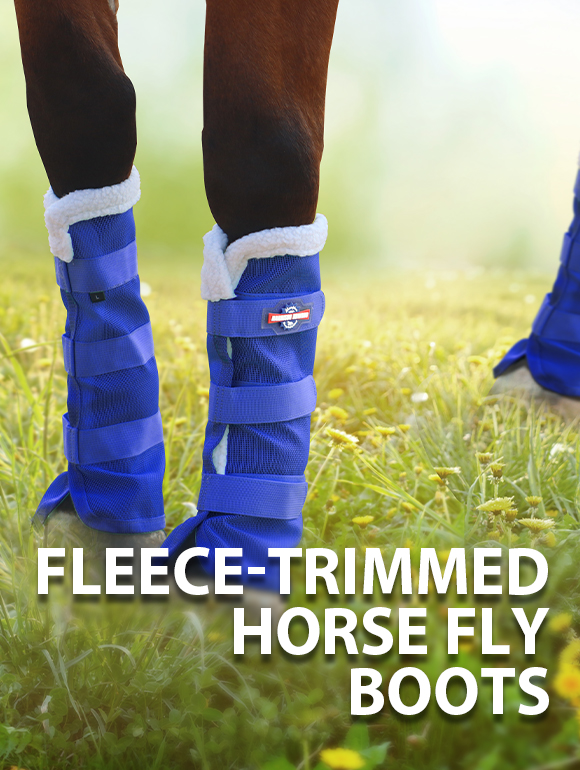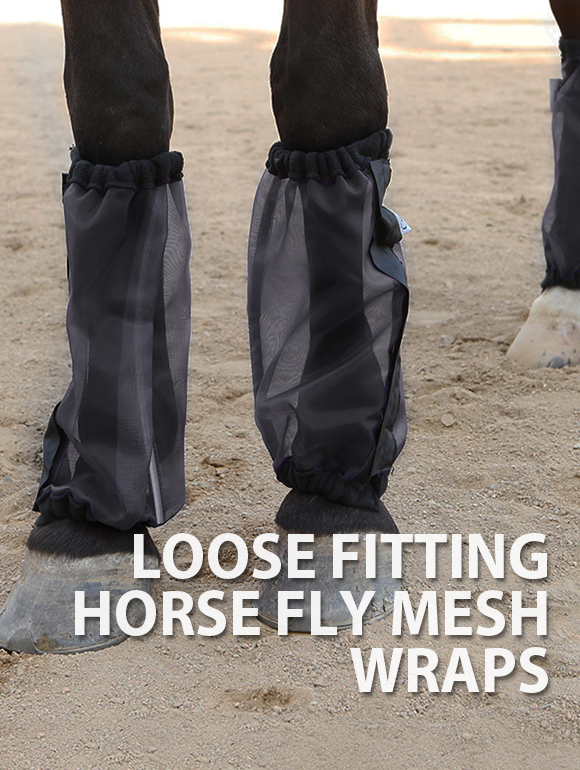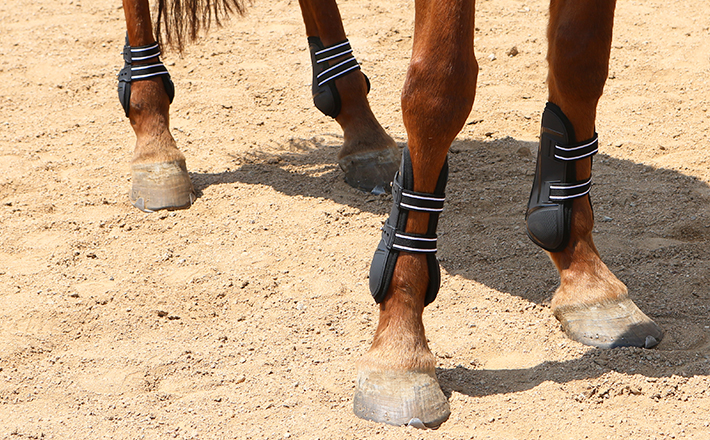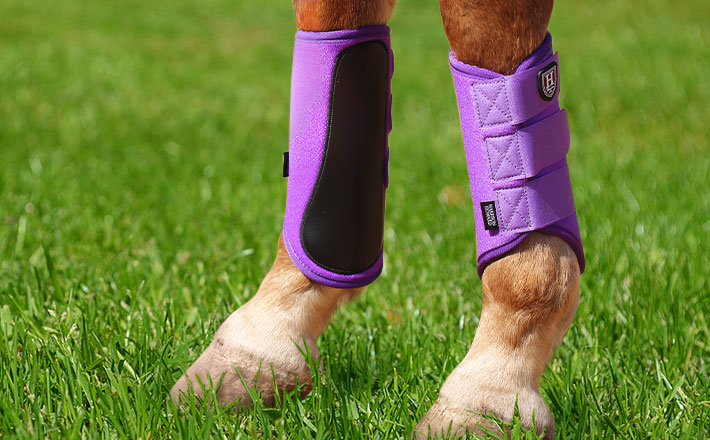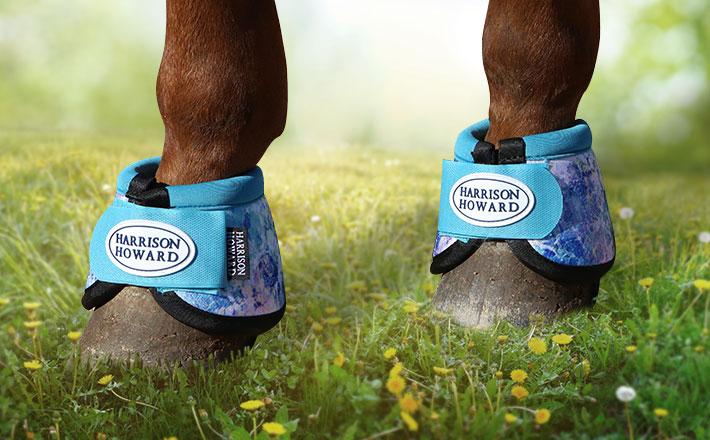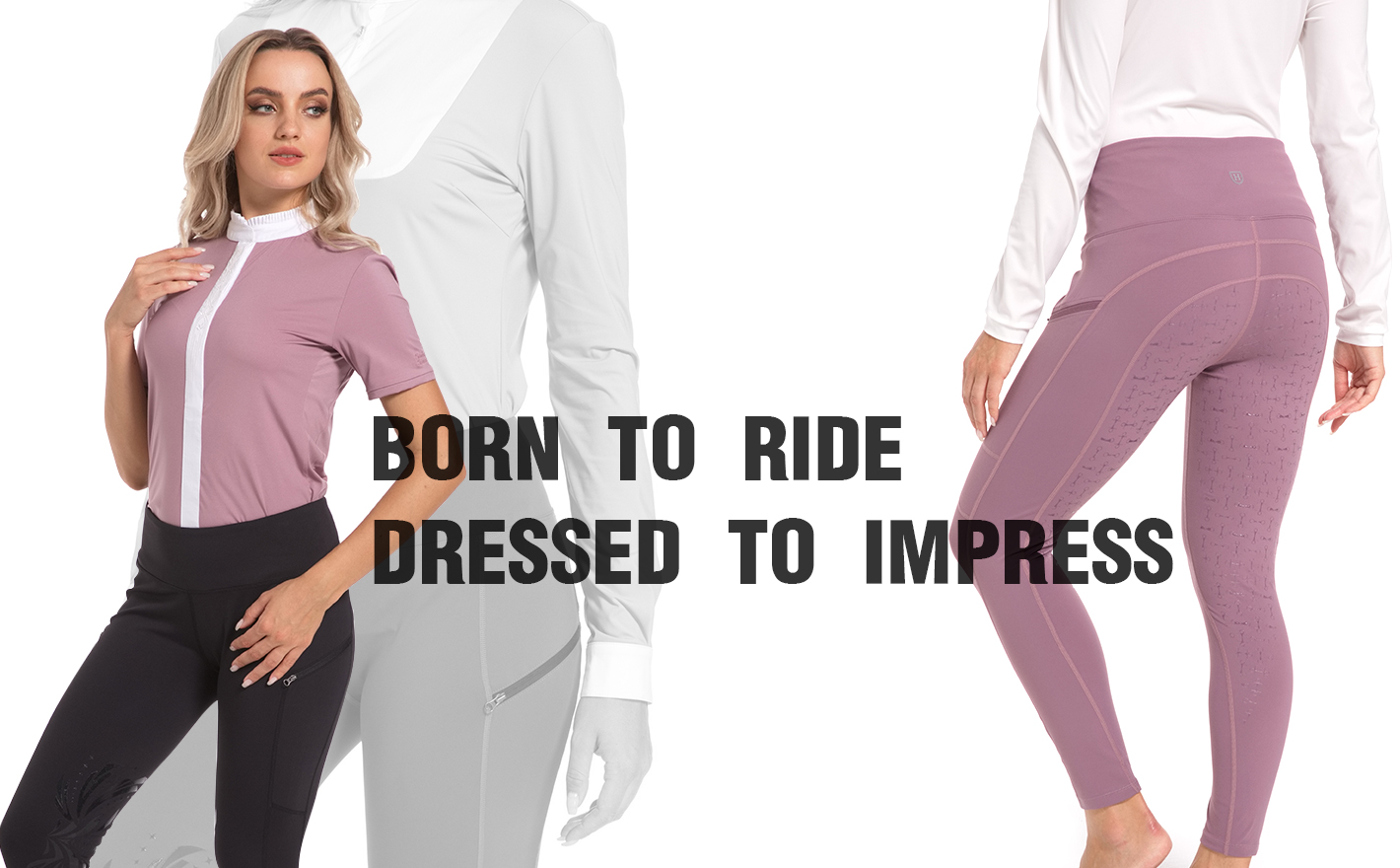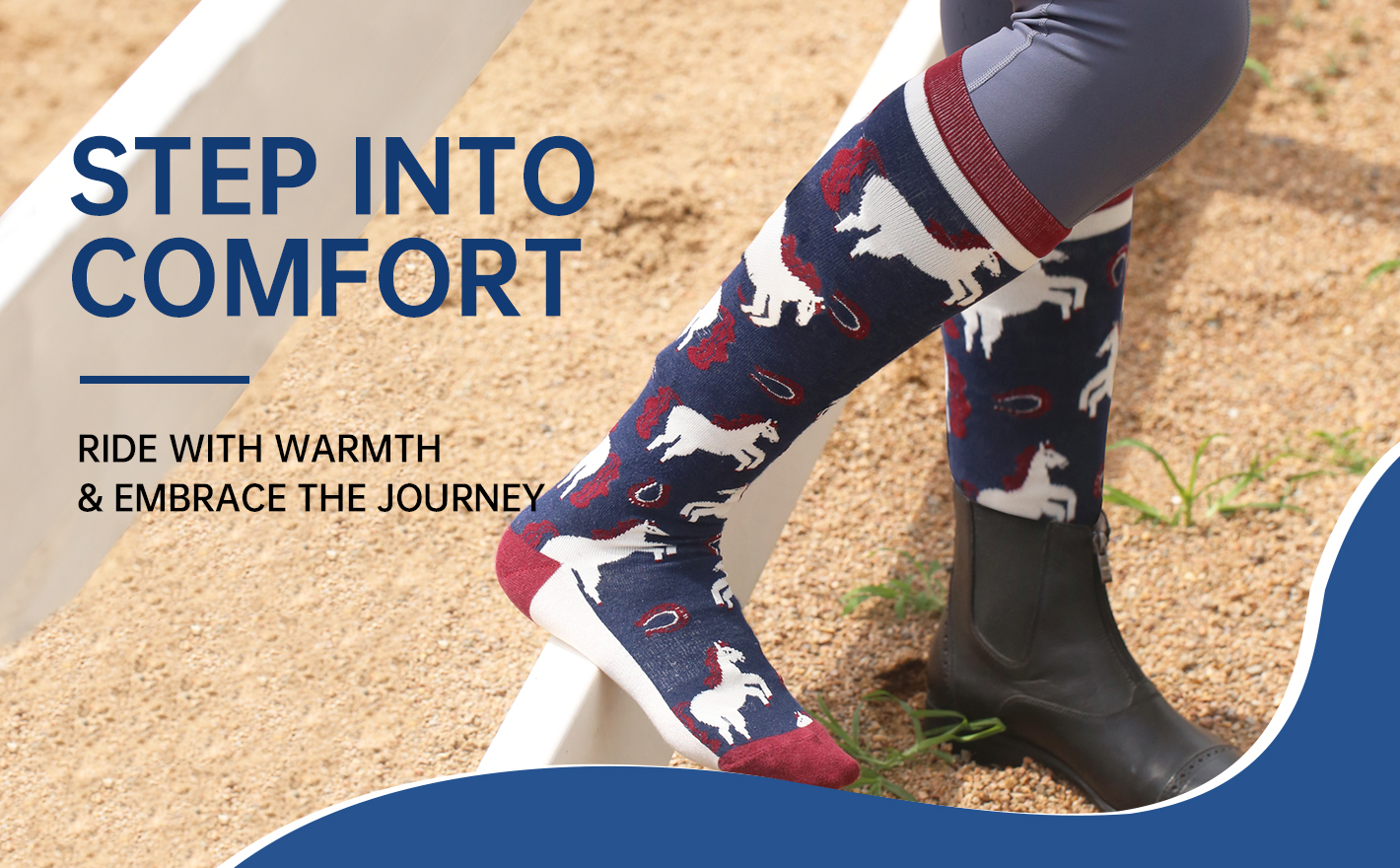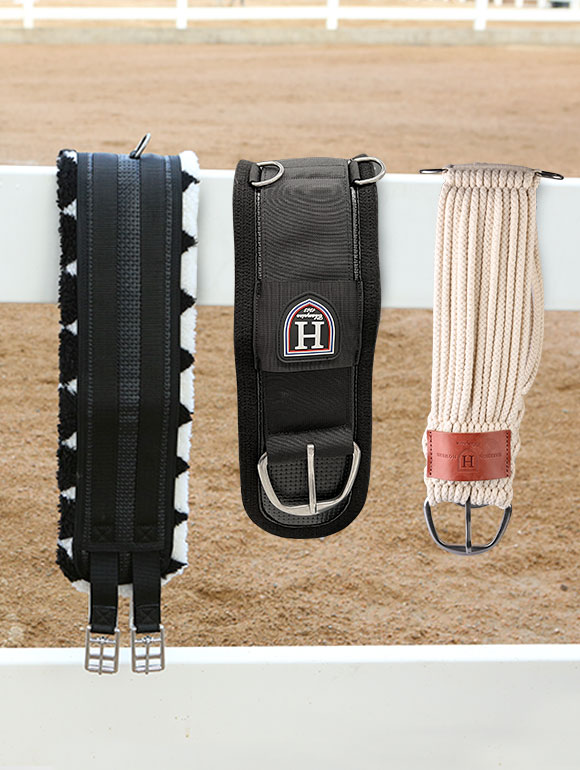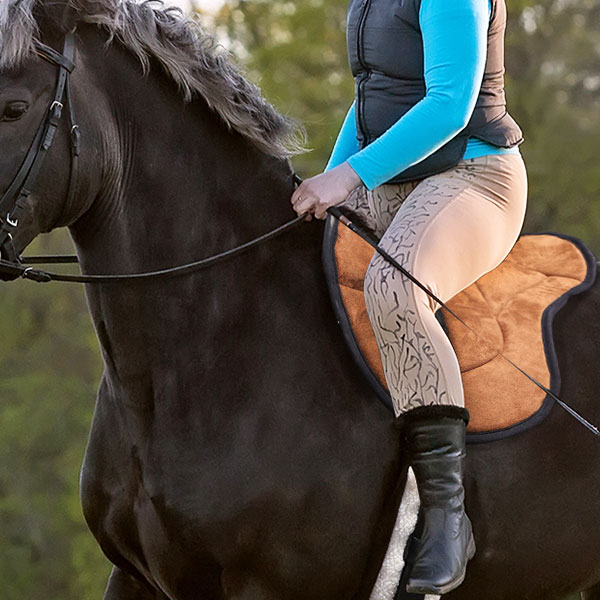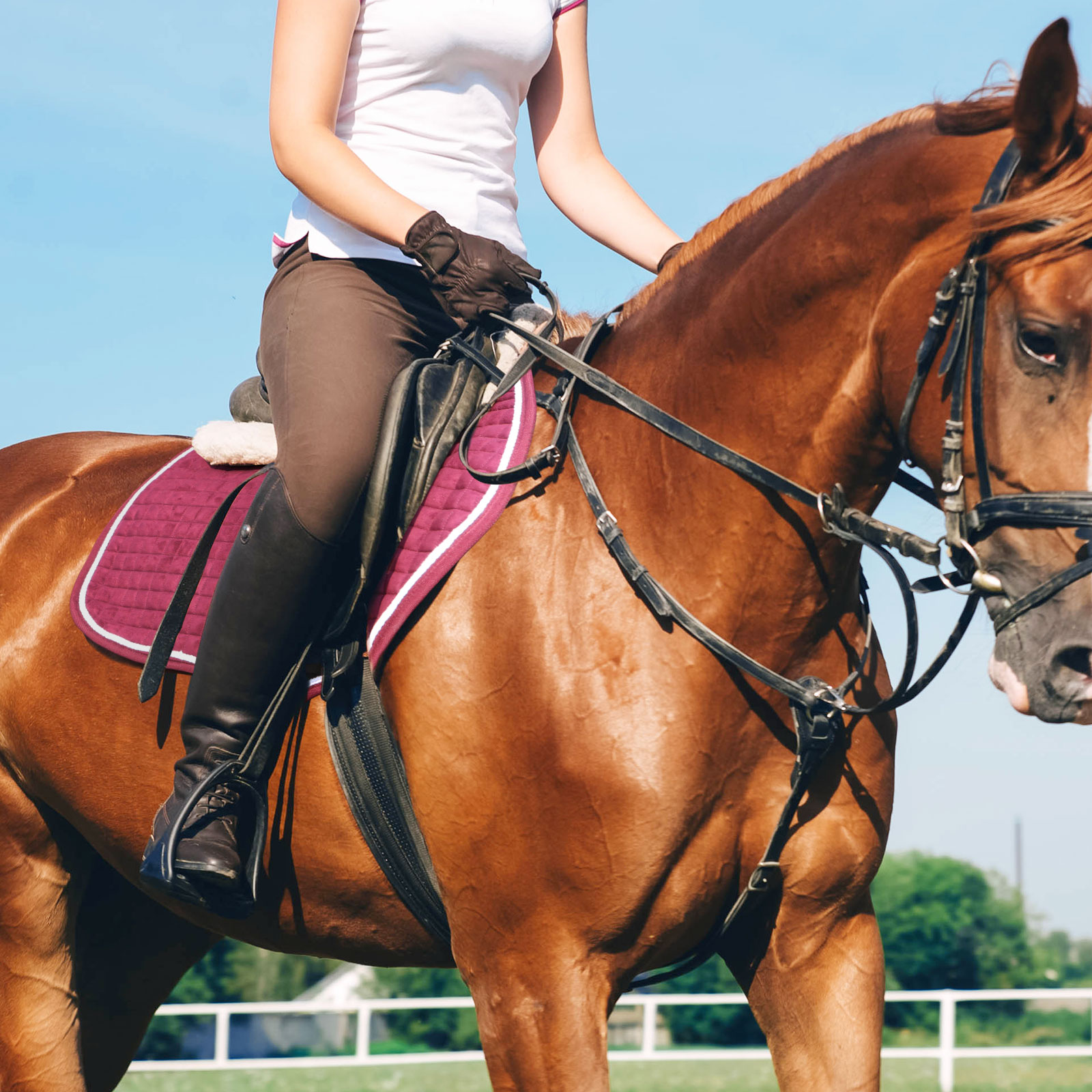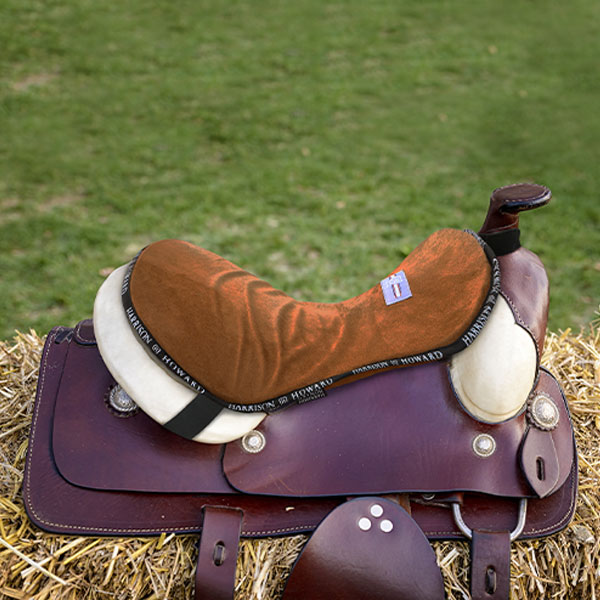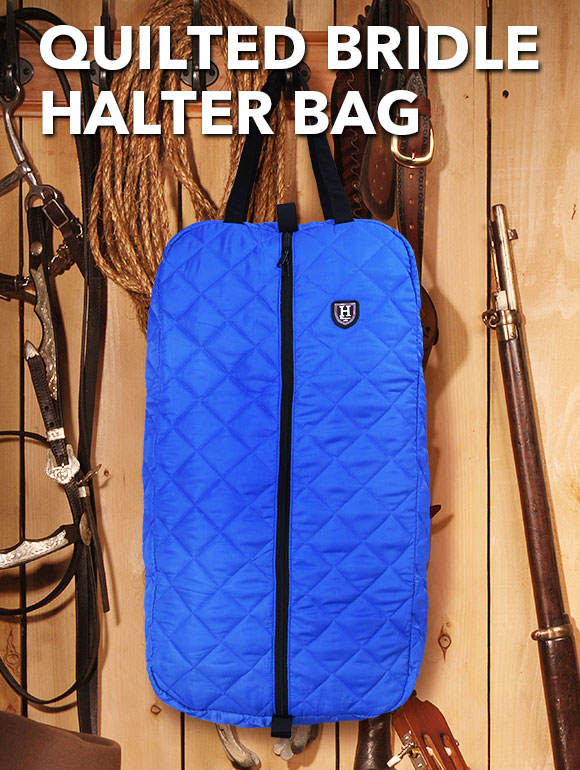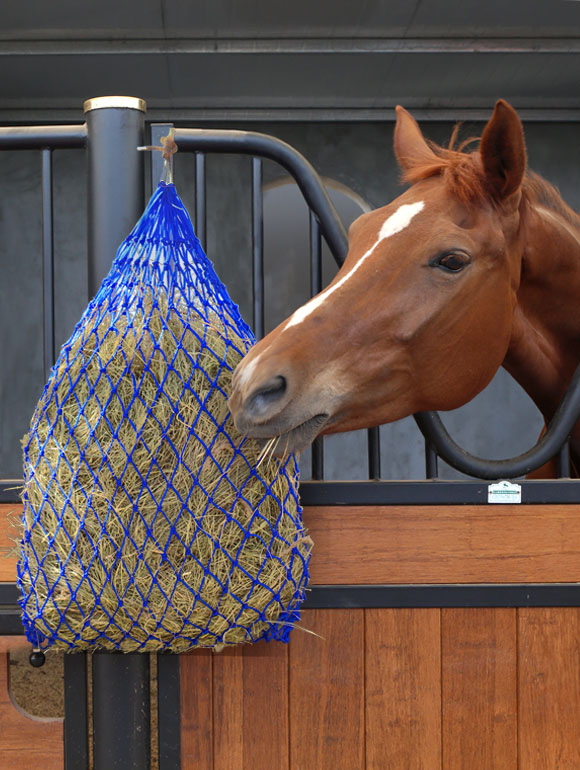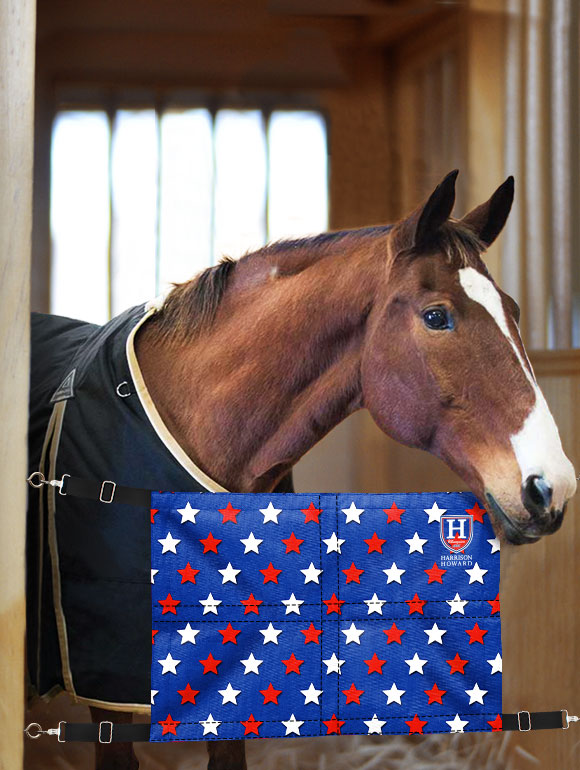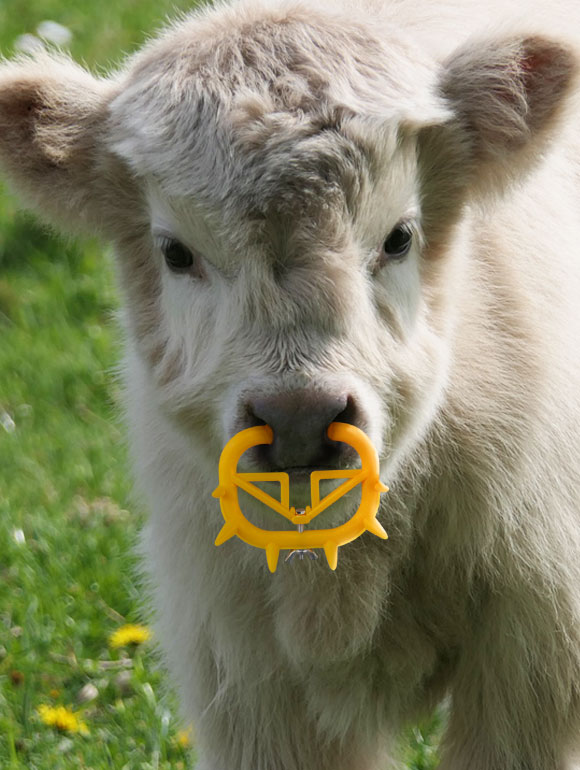In the captivating world of equestrianism, a rider’s connection with their horse goes beyond words – it’s a silent yet profound dialogue. At the heart of this connection lies a pivotal element: the saddle. More than just a seat, a saddle is a conduit of communication and a platform for mutual understanding between rider and horse. But what makes saddles so indispensable? Let’s delve into the significance of saddles, exploring how dance saddles and jumping saddles differ and the unique roles they play in the rider’s journey.
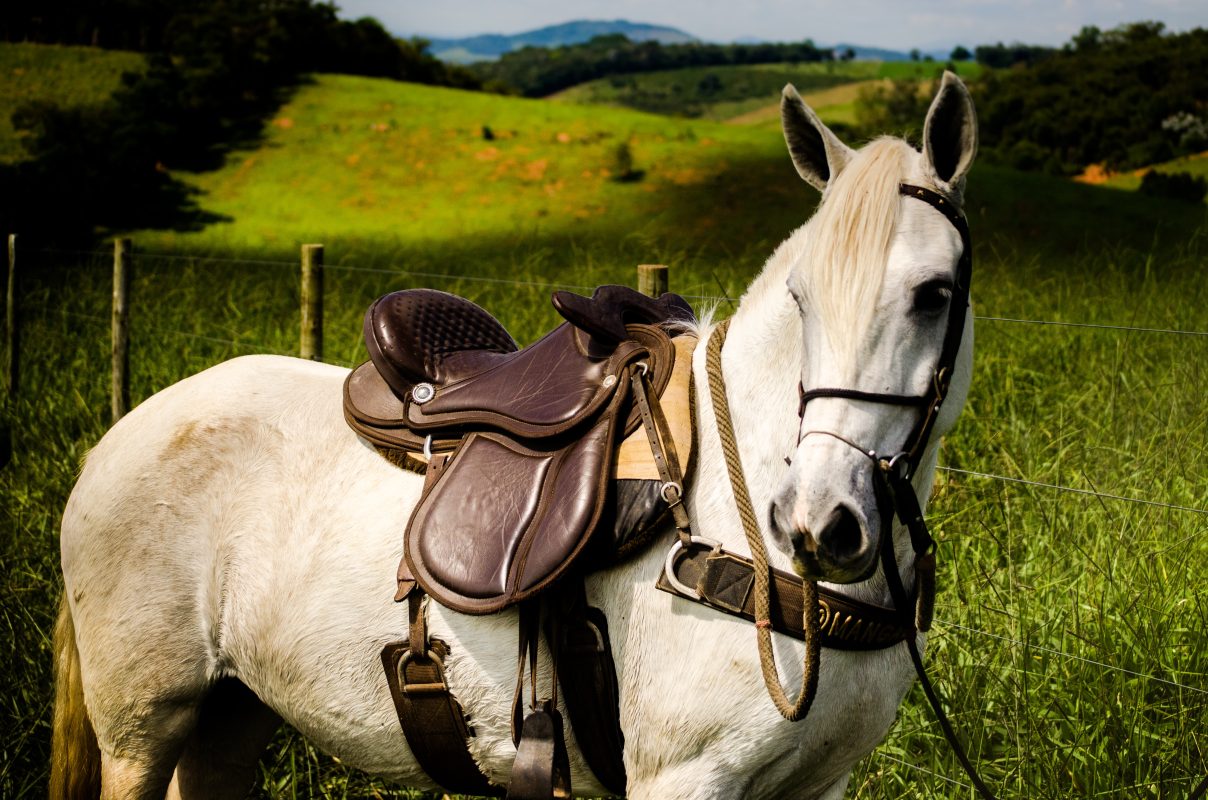
A Foundation of Balance and Comfort
Imagine yourself atop a majestic horse, poised for an enchanting journey. The saddle beneath you is more than a mere accessory – it’s a foundation of balance, comfort, and synergy. Saddles are meticulously designed to distribute the rider’s weight evenly, preventing discomfort for the horse and allowing for harmonious movement.
The Dance Saddle: Elegance and Precision
Enter the realm of dance saddles, often referred to as dressage saddles. These exquisite creations are synonymous with elegance and precision. Designed for the art of dressage, a discipline characterized by intricate maneuvers and seamless communication, dance saddles prioritize rider alignment and subtlety.
With a deep seat and extended flaps, dance saddles provide an intimate connection between rider and horse. This design empowers riders to convey nuanced cues through their leg aids and subtle shifts in weight. The dance saddle’s purpose is to facilitate graceful movements, impeccable transitions, and a symphony of rider-horse harmony.
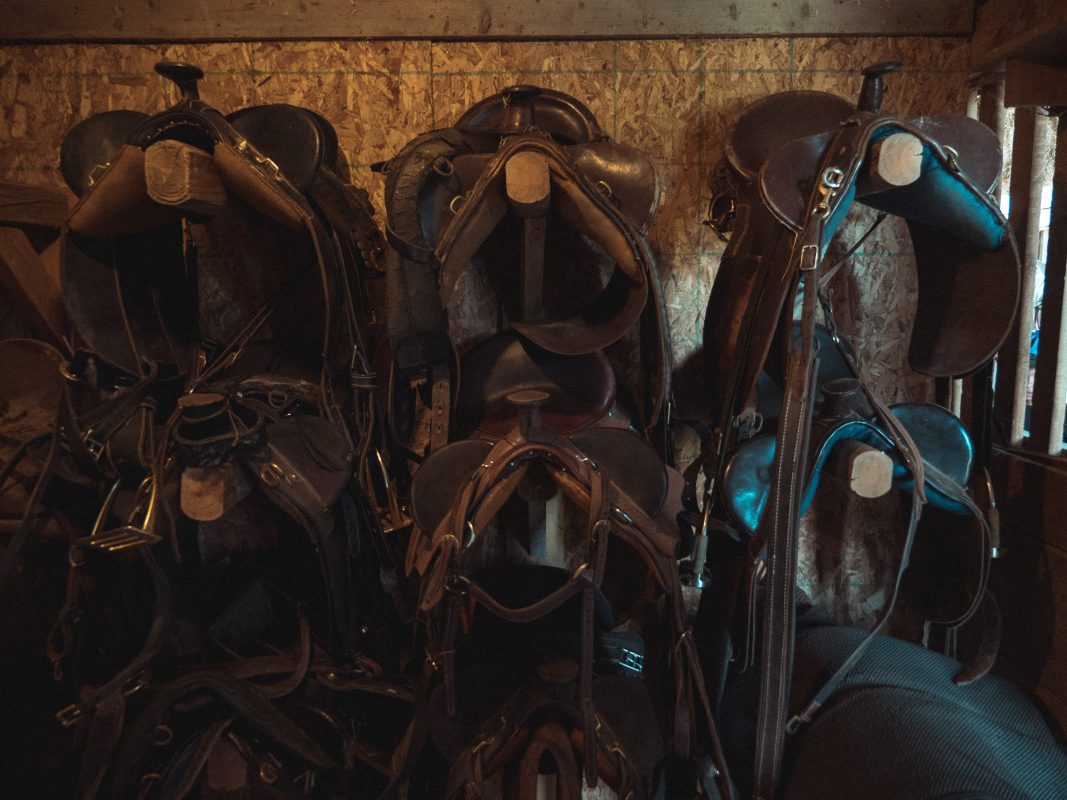
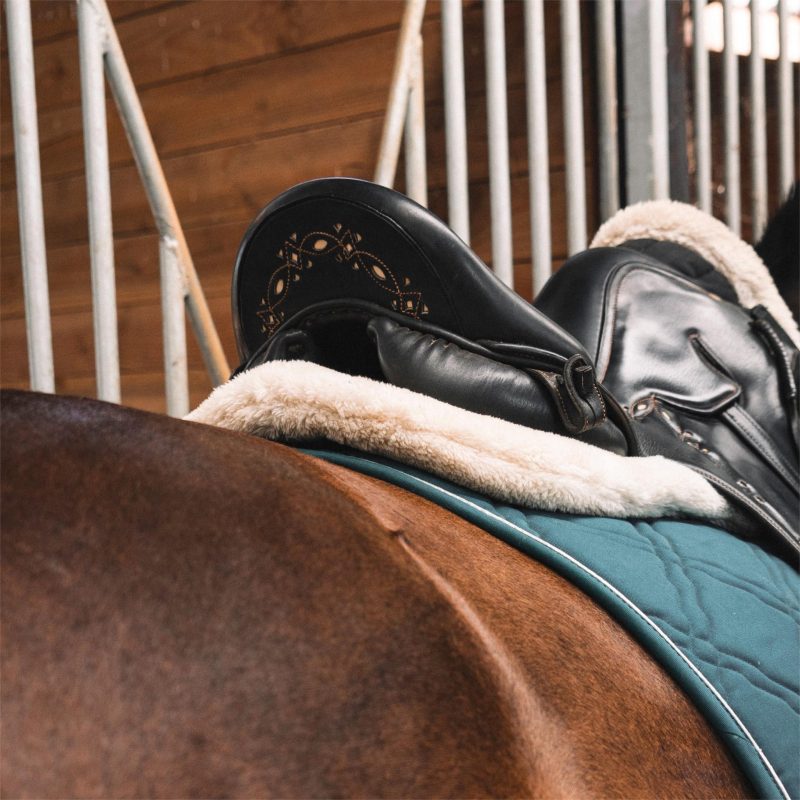
Here’s what sets dressage saddles apart:
1. Deep Seat: Dressage saddles boast a deep seat that encourages riders to sit deep and close to the horse’s back. This close contact allows for refined communication through subtle shifts in weight and aids.
2. Straight Flaps: Unlike jumping saddles, dressage saddles feature straight-cut flaps that accommodate the extended leg position commonly used in dressage riding.
3. Long Billets: Dressage saddles often have long billet straps to provide a more vertical stirrup position, helping riders maintain a longer leg and a deeper seat.
Jumping Saddles: Soaring to New Heights
Venture now into the world of jumping saddles, specially crafted for the exhilarating domain of jumping disciplines. Jumping saddles embody agility, stability, and the thrill of soaring over obstacles. These saddles feature forward-cut flaps and a shallower seat, allowing riders to maintain balance during take-offs and landings.
In the realm of show jumping or cross-country, the jumping saddle becomes an extension of the rider’s courage. It provides the necessary security and freedom of movement for the daring leaps and gallops that define these disciplines. Jumping saddles are a testament to the partnership between rider and horse as they conquer challenges and embark on heart-pounding adventures.
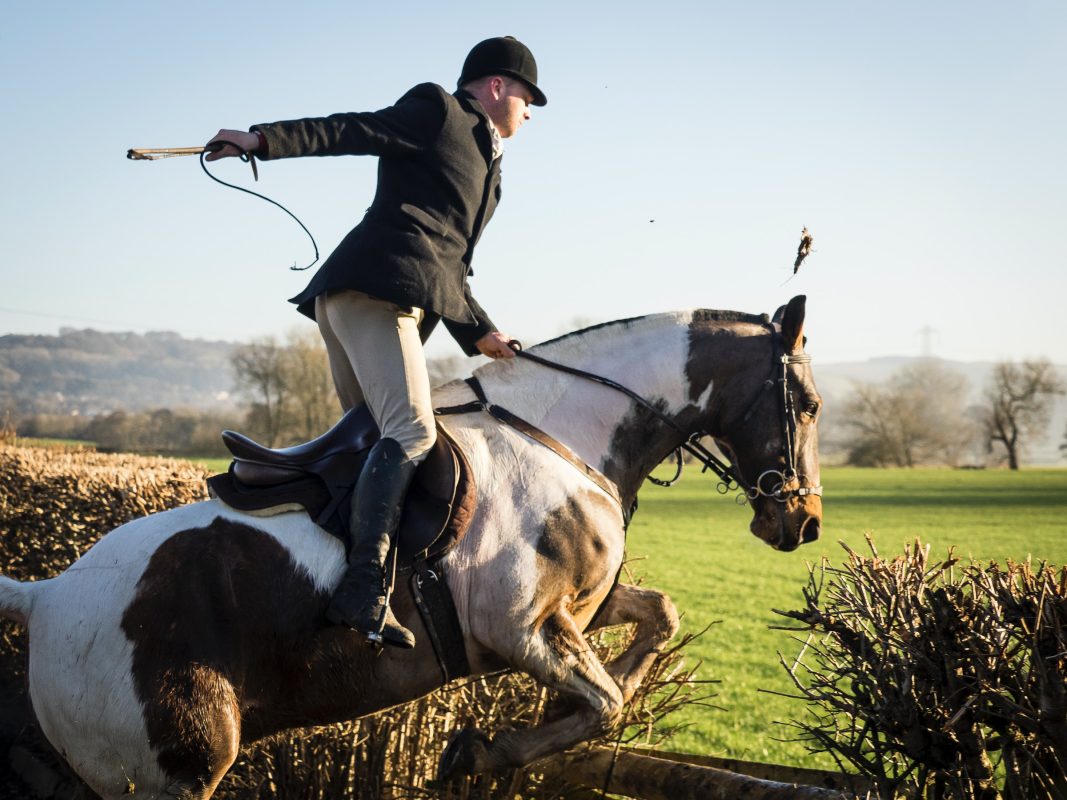
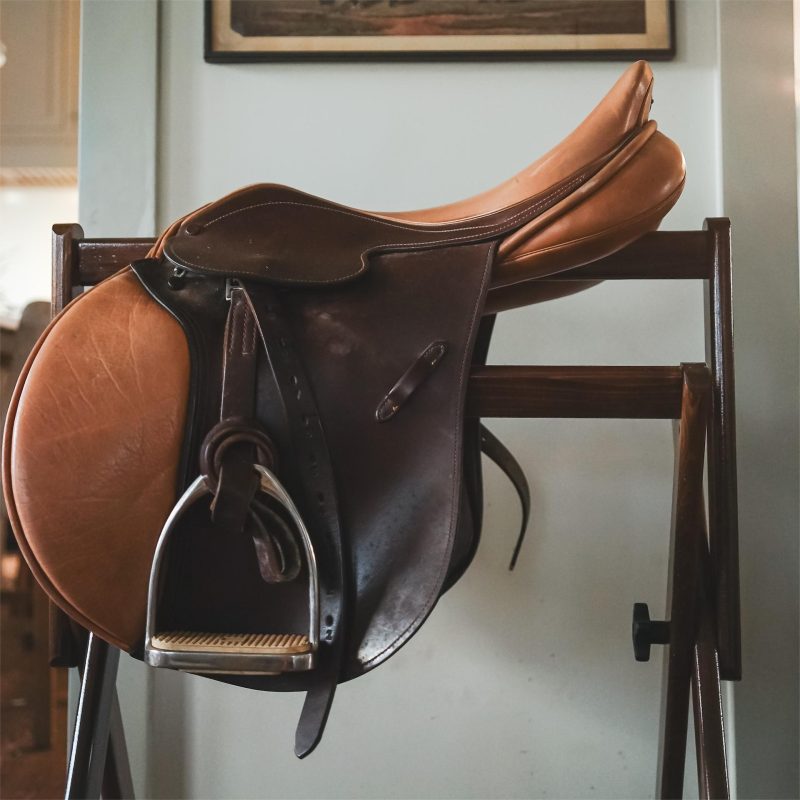
Here are some key features of jumping saddles:
- Forward Flaps: Jumping saddles typically feature forward-cut flaps that allow riders to effortlessly assume two-point positions while approaching and clearing jumps. This design aids in maintaining a balanced and secure seat during takeoff and landing.
- Knee and Thigh Blocks: To support the rider’s position during jumps, these saddles often incorporate knee and thigh blocks. These blocks provide stability and security, enabling riders to confidently tackle various jump heights and styles.
- Shorter Stirrup Bars: The placement of stirrup bars in jumping saddles allows riders to keep their legs underneath them, promoting a strong and effective jumping position.


